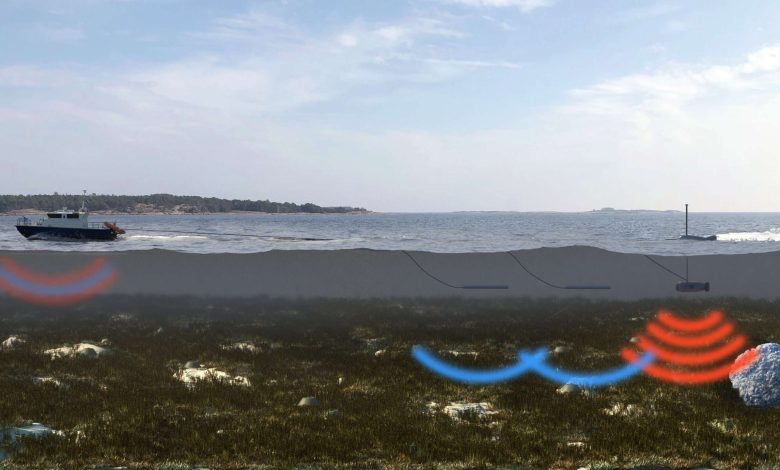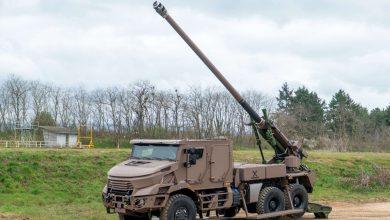
Patria Unveils Innovative Acoustic Minesweeping Solutions for Norway’s Naval Forces
Patria has secured a contract to supply the Patria Sonac ACS Acoustic Minesweeping Systems to the Royal Norwegian Navy, awarded by the Norwegian Defence Material Agency (NDMA). This agreement marks a crucial milestone in Patria’s strategic initiatives aimed at becoming a top-tier provider of underwater and maritime surveillance and intelligence solutions, particularly in the fields of Anti-Submarine Warfare (ASW) and Maritime Mine Counter Measures (MMCM). The cutting-edge minesweeping system significantly enhances Patria’s naval product range, boosting the company’s competitiveness and position within the global MMCM sector.
Patria Sonac ACS leverages Patria’s proprietary sound source technology, delivering unmatched acoustic performance across an extensive frequency range that fully accommodates Mine Setting, Target Simulation, and Mine Jamming operational modes. The revolutionary design ensures precise replication of authentic pre-recorded or synthesized submerged or surface target signatures, making it exceedingly effective against modern intelligent influence sea mines. Its compact design means Patria Sonac ACS is particularly well-suited for future lightweight autonomous multi-influence minesweeping platforms.
”We take immense pride in equipping the Royal Norwegian Navy with a world-class capability that is crucial for their future naval minesweeping toolkit. The evolution of Patria Sonac ACS is rooted in Patria’s extensive experience and expertise in the design and development of acoustic sweeping equipment and multi-influence sea mines,” states Jonas Geust, President of Patria’s Systems Business Unit.
Patria boasts over 35 years of expertise in the design, development, and deployment of underwater acoustic systems in areas such as intelligence, surveillance, mine warfare, and maritime mine countermeasures.







